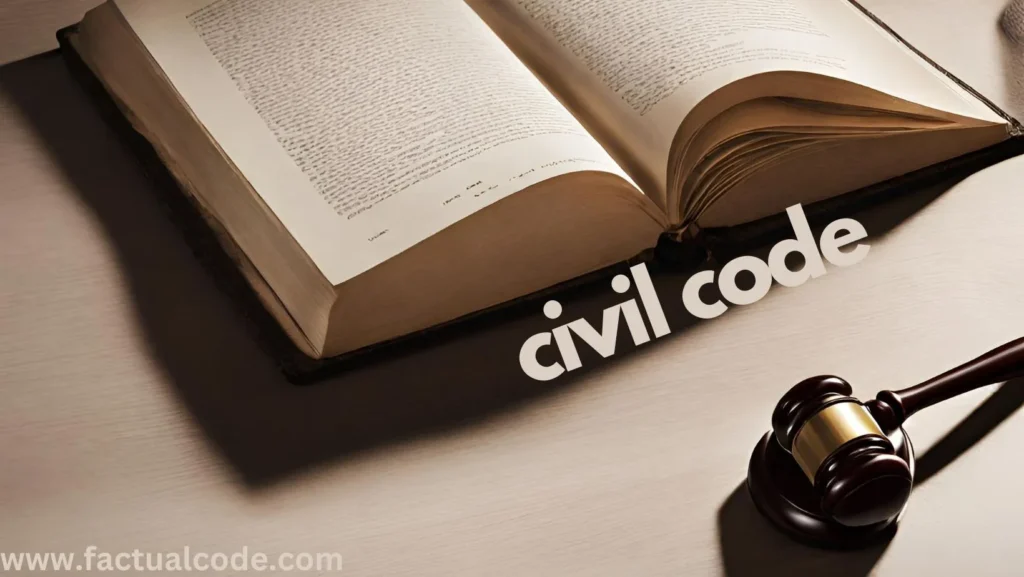A suit, in the legal context, refers to a formal legal proceeding initiated by a party (plaintiff) seeking judicial redress against another party (defendant). The primary objective of a suit is to resolve disputes, enforce legal rights, or compel compliance with obligations through the judicial process. Such proceedings may culminate in various forms of judicial relief, including declaratory judgments, monetary compensation, injunctive orders, or specific performance.
The procedural stages of a suit are foundational to civil litigation. An in-depth understanding of these stages is crucial for legal practitioners and scholars to appreciate the structured mechanisms that uphold justice and procedural fairness.
Stages of a Suit in Civil Litigation
The litigation process follows a series of well-defined procedural stages, each designed to promote fair and orderly adjudication.
1. Institution of Suit (Order IV, CPC)
The initiation of a civil suit begins with the filing of a plaint.
Filing of Plaint (Order VII, Rule 1, CPC): A plaint is a meticulously drafted legal document that sets forth the plaintiff’s claims, the cause of action, and the relief sought. It must meet statutory requirements, including the disclosure of material facts and supporting documentation.
Court Fees and Jurisdiction (Section 15–20, CPC): The plaintiff must comply with court fee regulations and select an appropriate court with jurisdiction over the subject matter and territorial locus of the dispute.
2. Issuance of Summons (Order V, CPC)
Examination and Summons (Order V, Rule 1, CPC): Upon reviewing the plaint for procedural compliance, the court issues a summons to the defendant.
Purpose: The summons formally directs the defendant to appear in court and submit a written statement.
3. Appearance and Filing of Written Statement (Order VIII, CPC)
Appearance (Order IX, Rule 1, CPC): Both parties are required to appear in court on the date specified in the summons.
Written Statement (Order VIII, Rule 1, CPC): The defendant responds to the plaint by filing a written statement, either contesting or admitting the allegations. Counterclaims may also be included. Failure to respond within the prescribed timeline can result in an ex parte decree (Order IX, Rule 6, CPC).
4. Framing of Issues (Order XIV, CPC)
Definition: Issues are specific questions of law or fact that emerge from the pleadings of the parties.
Significance: Framing issues narrows the focus of the trial to contested matters, promoting an efficient adjudication process.
5. Discovery and Inspection (Order XI, CPC)
Discovery: This phase involves the exchange of evidence, including documents and interrogatories, to uncover relevant facts.
Inspection (Order XI, Rule 12-14, CPC): Parties may inspect documents or property critical to the case.
6. Admission and Denial of Documents (Order XII, CPC)
Purpose: The court directs parties to admit or deny the authenticity of documents.
Efficiency: This step eliminates the need to prove undisputed facts, streamlining the trial process.
7. Settlement and Alternative Dispute Resolution (Section 89, CPC)
Judicial Encouragement: Courts actively encourage parties to explore amicable settlements.
ADR Mechanisms: Mediation, arbitration, and conciliation provide alternative avenues for dispute resolution without a full trial.
8. Trial (Order XVIII, CPC)
Examination-in-Chief (Order XVIII, Rule 4, CPC): The plaintiff presents evidence through witness testimony.
Cross-Examination: The defendant’s counsel challenges the credibility of the plaintiff’s evidence.
Re-Examination: The plaintiff may clarify ambiguities raised during cross-examination.
9. Presentation of Arguments (Order XVIII, Rule 2, CPC)
Final Arguments: Both parties present their closing arguments, highlighting key evidence and legal interpretations.
Content: These arguments synthesize factual and legal aspects to persuade the court.
10. Pronouncement of Judgment (Order XX, CPC)
Judicial Decision (Order XX, Rule 1, CPC): The court delivers its judgment after analyzing evidence and legal arguments.
Contents: The judgment addresses all framed issues and delineates the rights and obligations of the parties.
11. Decree and Execution (Order XXI, CPC)
Decree (Section 2(2) and Order XX, CPC): The court’s formal expression of its judgment is embodied in the decree.
Execution (Section 36 and Order XXI, CPC): Execution proceedings ensure compliance with the decree, such as payment of monetary awards or recovery of property.
12. Appellate Review (Section 96 and Order XLI, CPC)
Right to Appeal: Aggrieved parties may seek appellate intervention if they believe the judgment contains legal or factual errors.
Scope: Appellate courts assess whether the trial court correctly applied legal principles and evaluated evidence.
Conclusion
A comprehensive understanding of the stages of a suit is indispensable for legal scholars and practitioners. Each procedural step is meticulously designed to uphold due process and deliver just outcomes. Mastery of these stages enables legal professionals to navigate the complexities of civil litigation and contribute meaningfully to the administration of justice.
📜 Key Insight: Understanding the concept and stages of a suit is crucial to navigating civil procedures. To dive deeper into this, check out our comprehensive guide on How to Read CPC (Code of Civil Procedure, 1908), where you'll find all the essentials.

